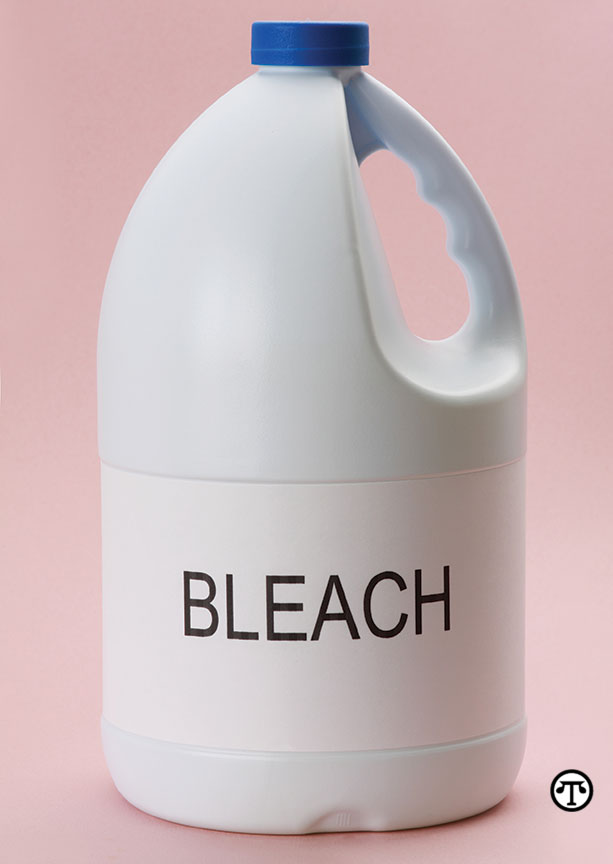
(NAPSI)—“Shock chlorination” is a term loosely applied to using a relatively high concentration of chlorine to disinfect a water well system. It may come as a shock to learn that the National Ground Water Association (NGWA) does not recommend household well owners attempt to disinfect their own well systems.
Rather, NGWA suggests well owners use a water well system professional familiar with proper well disinfection procedures to do the job. There are multiple steps to properly disinfecting a well, and for a person untrained in it, there are multiple opportunities to make a mistake that could not only render the process ineffective but create additional problems.
Shocking Information
Here are some of the things you should know about shock chlorination:
Household chlorine bleach is not designed for use in drinking water. Although household bleach is widely recommended for disinfecting drinking water wells, it’s not designed for that and may cause problems.
First, the disinfectant properties of household bleach deteriorate over time, affecting its reliability as a disinfection agent. Second, bleach may contain perchlorate. Research has shown that perchlorate can present a health risk at certain levels and affect iodine uptake by the human thyroid to inhibit thyroidal hormone production.
Fortunately, there are alternative disinfectants, chemicals certified as safe for use in drinking water by independent product safety laboratories.
At too high a concentration, bleach can create disinfection by-products harmful to health. When organic matter in groundwater encounters certain chemicals, such as chlorine, a reaction can occur that creates a cancer-causing agent known as trihalomethane.
Also, at too high a concentration, bleach can corrode well system pipes and other components. This was demonstrated in Flint, Michigan, where corrosive water coming out of the public water system was sufficient to induce corrosion in galvanized steel pipe, causing the release of toxic lead into the drinking water.
There are other problems that may result from attempting to disinfect your own well. For instance, removing the well cap alone could expose the open well to bacterial contamination from the outside. Great care must be taken to disinfect not only the inside of the well system but also the well cap before it’s put back.
Furthermore, if the disinfectant is not at the proper concentration for the volume of water in the well system—or if the contact time between the disinfectant and the system is not sufficiently long—the disinfection process may not work.
For these reasons, NGWA advises that whenever possible, well owners should use a water well system professional who knows proper disinfection procedure to disinfect their well.
That said, there may be circumstances in which a well owner cannot get a water well professional to disinfect the well; for instance, someone in a remote area where service is not readily available. In such instances, the well owner should consult with someone qualified in well disinfection for instruction.
Disinfection is an important procedure to perform any time a water well is opened or serviced, or if water test results indicate the presence of bacteria. When the presence of bacteria is persistent, it should be determined whether there is a breach in the well system allowing bacteria to enter the well. If so, the breach should be repaired.
Learn More
For further information about well systems, water quality, and groundwater protection, visit www.WellOwner.org.
